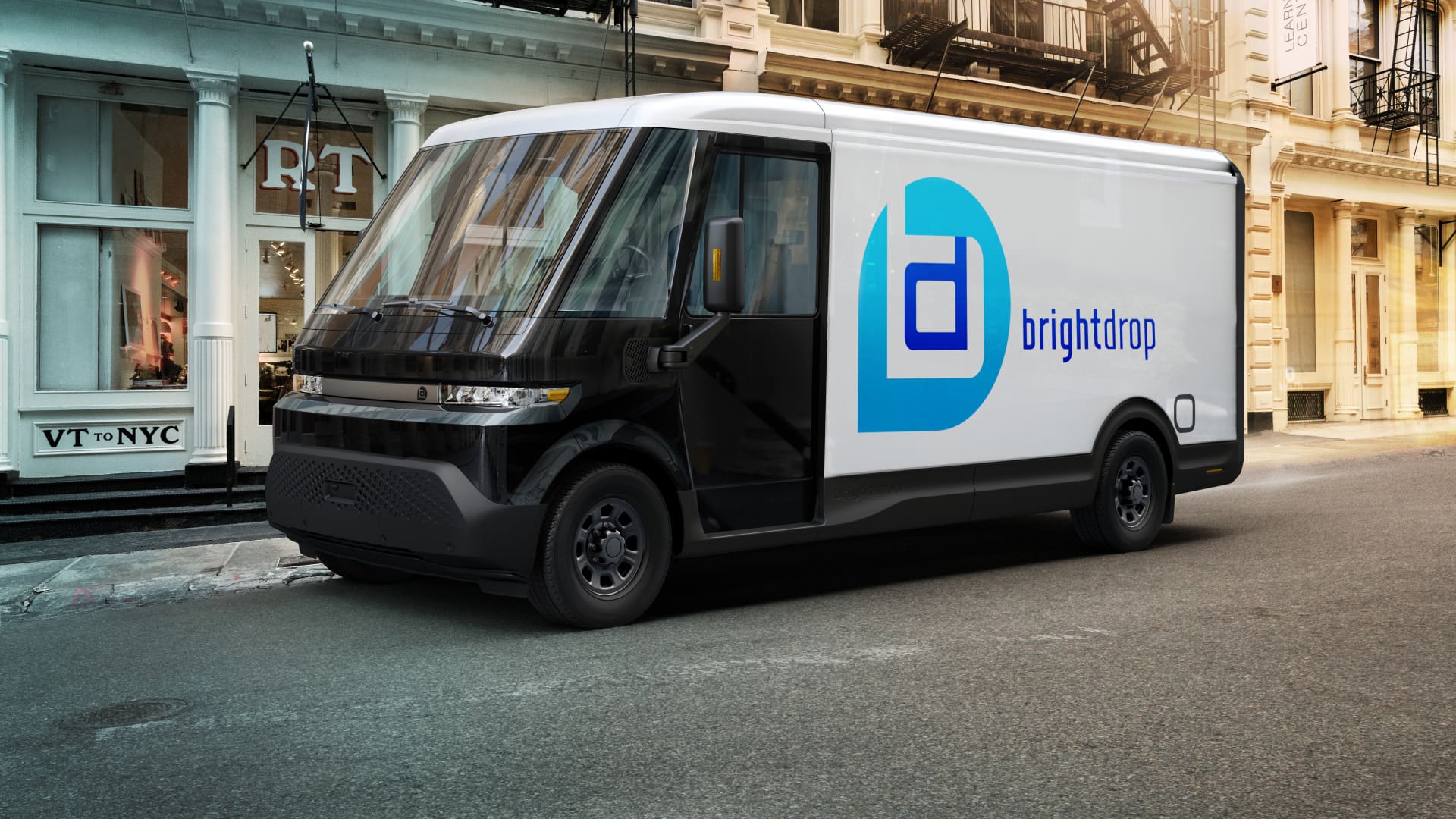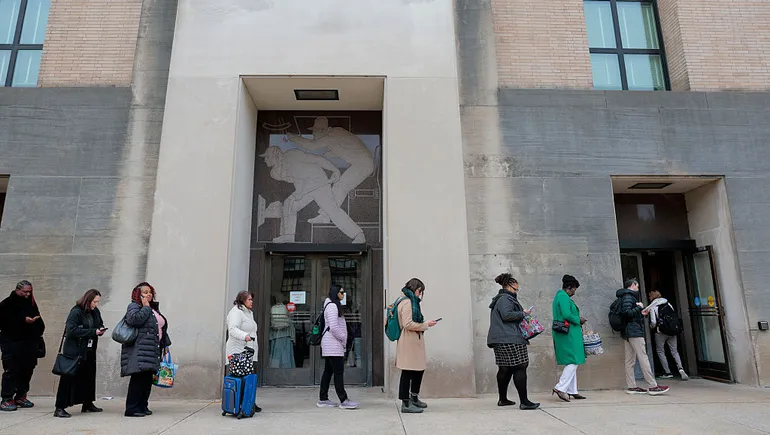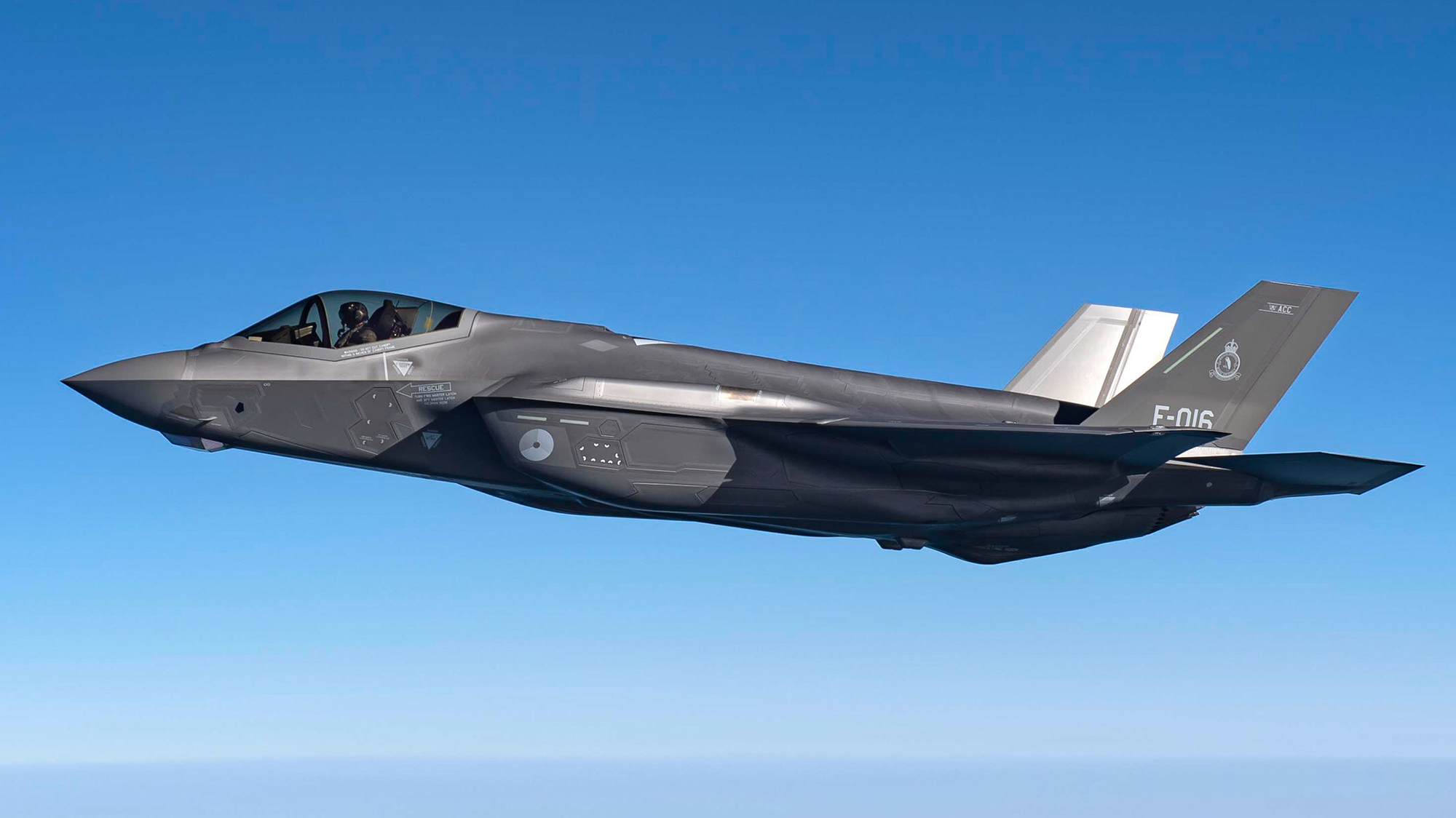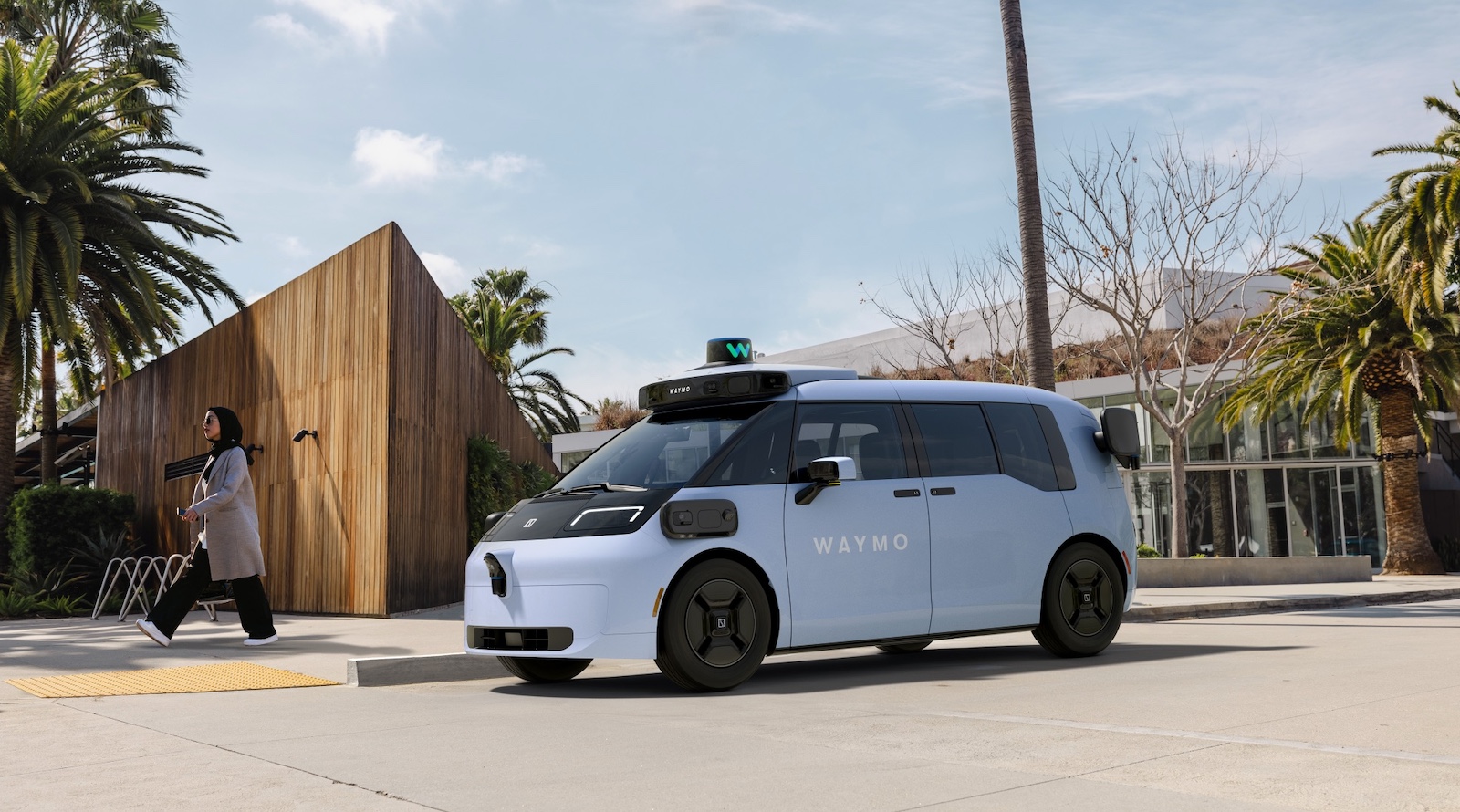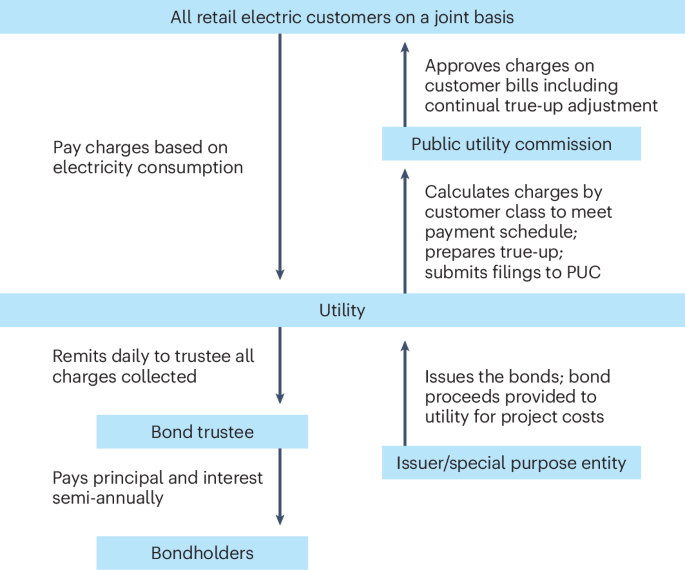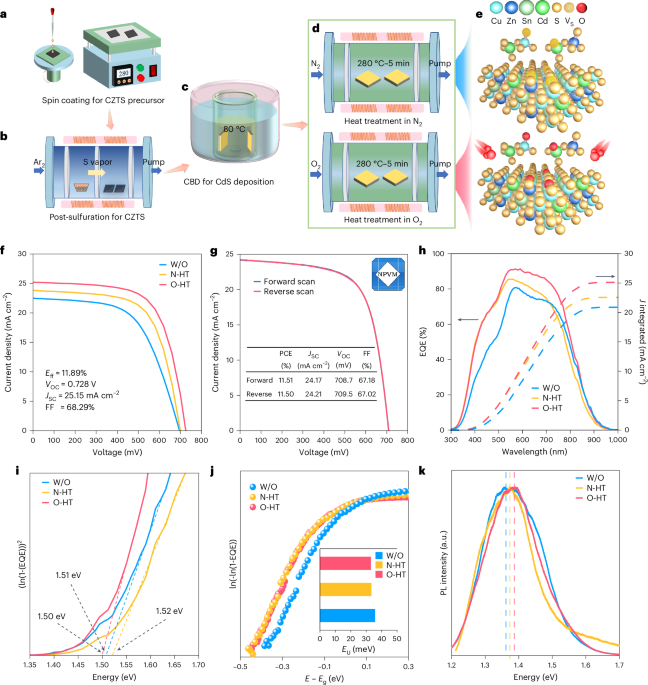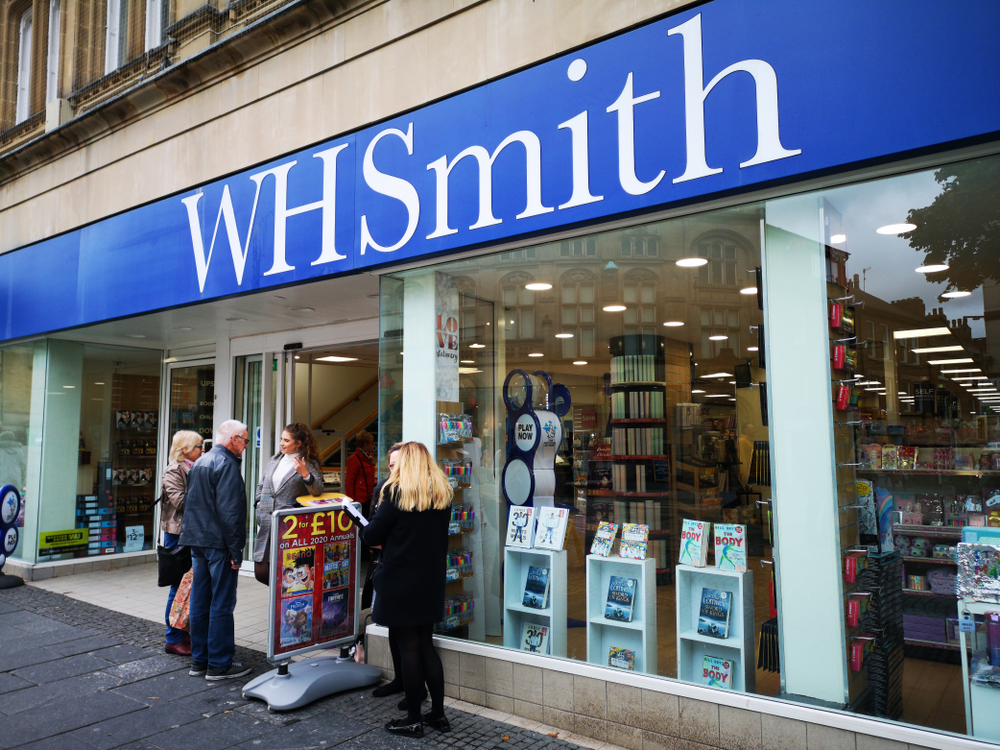How Tesco plans to retain its crown as price wars ramps up
Competition in the grocery sector is heating up as Tesco revealed it was lowering its profit guidance for the year ahead to give it the “firepower” it needs to respond to increased market pressures.

Competition in the grocery sector is heating up as Tesco revealed it was lowering its profit guidance for the year ahead to give it the “firepower” it needs to respond to increased market pressures.
The supermarket giant shaved as much as £4m off its expectations for the forthcoming year as chief executive Ken Murphy looks to safeguard the grocer’s market share of 28.5% – its highest level since 2016.
“In the last few months, we have seen a further increase in the competitive intensity of the UK market… we see further opportunity to protect and strengthen our competitiveness,” says Murphy.
Tesco forecasts its adjusted operating profit will fall to between £2.7bn and £3bn next year, down from the £3.12bn it reported in the year to 22 February.
The caution comes after rival Asda signalled the start of a potential price war last month, which has sent Tesco’s shares falling more than 16% since as analysts grow sceptical about the impact on profits.
Asda chair Allan Leighton said he was prepared to use the struggling supermarket’s “pretty significant war chest” to tackle several years of weak trading and win back the shoppers that switched to rival grocer’s including Tesco.
Asda suffered a fresh blow earlier this month when unpublished Kantar data revealed that Aldi, which surpassed Morrisons has the UK’s fourth largest grocer in 2022, had overtaken Asda in fresh food and drink sales.
With competition increasing in the market as Asda looks to fight back, can Tesco hold on to its winning market share and how does it plan to retain its crown?
Winning shoppers
Murphy says Tesco is entering the year “from a position of strength” after its market share rose 67 basis points in the year to 28.3%, following share gains from 21 consecutive four-week periods.
“We’ve seen our strongest quality perceptions, we’ve seen growth in value perception, and that has meant we’re coming into this new year with a really strong momentum,” notes Murphy.
Sales for the supermarket giant rose 4% to £63.6bn, which it said was driven by strong volume performance from the increased investment in quality and innovation.
GlobalData senior retail analyst Eleanor Simpson-Gould points out that “as the focus in the sector shifts from price competition with discounters to premium offers, Tesco has kept momentum on product innovation”.
Sales of its premium Finest range jumped 15% in the UK last year, which Murphy says puts it at a “two-and-a-half-billion-pound brand”.
The supermarket launched 1,000 new products in 2024, including 400 Finest range items and improved 600 existing items, focusing on trending protein and gut health ingredients and growing its dine-in ranges.
Simpson-Gould argues that Tesco’s continuous development of its Finest range could see it “compete effectively” with M&S, which has been gaining traction in the last 12 months for its food innovation.
Tesco also strengthened its online proposition, reporting a 10.2% sales increase in the UK, through the launch of its marketplace and expansion of its instant delivery Whoosh proposition.
Murphy says Whoosh has been “a real success story for us” and has “doubled in size over the last 12 months in terms of its sales impact”.
The service, which first launched across Express stores, has expanded to nearly 100 big format supermarkets since the year end, meaning “instead of 3000 products, customers have access to nearly 15,000 products”, says Murphy.
Tesco has teamed up with Deliveroo to expand Whoosh into the Republic of Ireland, using the delivery app’s logistics technology and rider network.

‘We’re ready’
Tesco’s top message from its update this morning was that it had given itself enough “flexibility and firepower” to respond to increased market pressures should it need it.
“There is definitely an intensification across value and our competitors are clearly looking to defend the share gains we’ve been taking,” says Murphy.
“Whatever the competitive environment and whatever comes our way, we’re capable of dealing with it,” he assures.
But what exactly does that entail?
“Our formula for success has been the best value in the market, which is a combination of really keen pricing, through price match, through Clubcard prices and everyday low prices, coupled with great quality,” says Murphy.
“When we talk about firepower, we mean across the board, because we know it’s that combination that keeps customers coming back.”

Murphy notes that Tesco is already taking an active approach when it comes to competing on price, sharing that the supermarket launched its latest round of price cuts last week, “giving customers great value where it matters most by slashing prices on hundreds of their favourite items, from fresh produce to household essentials”.
It’s also keen to utilise its Clubcard network, which has 23 million members nationwide and is scanned in 84% of sales across the.
The supermarket is currently trialling Your Clubard Prices, offering selected members personalised discounts based on their shopping habits.
Murphy says the exclusive pricing has been “well received by customers”, but adds that its “too early to give a read yet”.
He shares that the supermarket giant has also introduced its Clubcard Prices proposition to third-party sellers on its online marketplace, which now lists over 400,000 products.
Adding to its Tesco.com offer, the supermarket is launching its F&F Clothing brand online later this year.
Shore Capital analyst Clive Black argues that this varied approach to maintaining sales growth and market share gives Tesco “the scope to grow year on year in a disciplined way”.
Despite increasing competition across the sector, it seems that Tesco is not letting go of its market share without a fight.
Click here to sign up to Retail Gazette‘s free daily email newsletter



























